Locker Room Dimensions
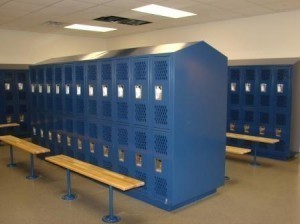 Strictly speaking, locker rooms, dressing rooms and changing rooms are the same thing. However, the term locker room is usually employed for changing room areas in sports venues.
Strictly speaking, locker rooms, dressing rooms and changing rooms are the same thing. However, the term locker room is usually employed for changing room areas in sports venues.
 Strictly speaking, locker rooms, dressing rooms and changing rooms are the same thing. However, the term locker room is usually employed for changing room areas in sports venues.
Strictly speaking, locker rooms, dressing rooms and changing rooms are the same thing. However, the term locker room is usually employed for changing room areas in sports venues. 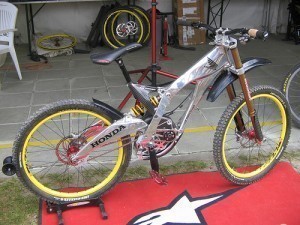
The mountain bike is one of the most popular bicycle variants around. These bikes have different features, including derailleurs and dual suspension. Gather insights into the various mountain bike dimensions and how to buy one.
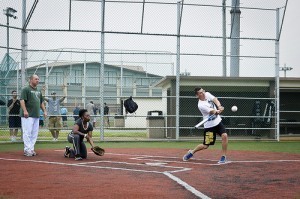
Understanding softball field dimensions is key to playing the game well. Although it looks a lot like baseball, the field measurements are not the same. Discover facts about softball and how big the field actually is.
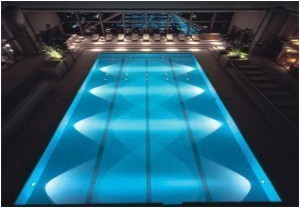
The swimming pools used in the Olympics are set according to very specific standards. The volume of water in an Olympic sized swimming pool is dependent on the dimensions of the unit as well. Explore the dimensions of the Olympic swimming pool and how it compares to other swimming pools.
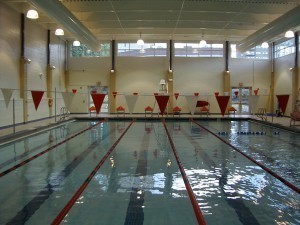
A lap pool is a pool that can be used for practicing one’s skills in swimming back and forth. When installing this structure in your place, it is important to know the different lap pool dimensions.
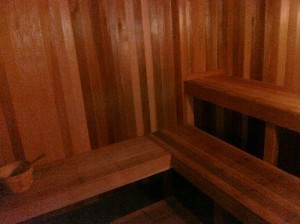
The steam room is used to relax the body. Because the room temperatures are high, the body sweats, removing unhealthy toxins and dead skin. If you want to use one, familiarity with the steam room dimensions will be mandatory.
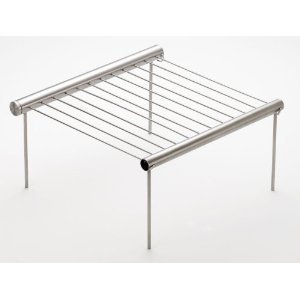
BBQ grills are a staple in many homes and also used frequently for camping. These cooking devices are available in different sizes, with some very large and others more compact. Get familiar with the world’s smallest BBQ grill and its dimensions.